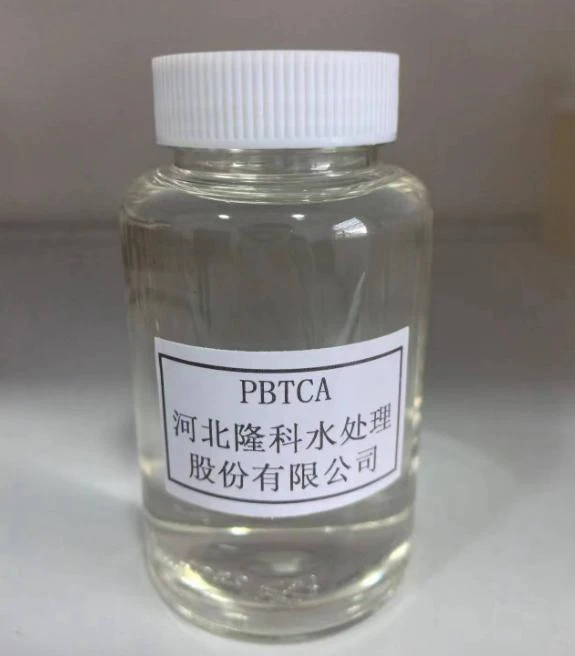polyacrylamide flocculant
The Role of Polyacrylamide as a Flocculant in Water Treatment
Polyacrylamide (PAM) is a versatile polymer that has gained significant attention in various industrial processes, particularly in the field of water treatment. Its unique properties make it an essential flocculant in a range of applications, including municipal wastewater management, industrial effluent treatment, and sedimentation processes in mining and mineral processing. This article explores the characteristics of polyacrylamide, its mechanisms of action as a flocculant, and its benefits in enhancing water quality.
What is Polyacrylamide?
Polyacrylamide is a synthetic polymer derived from acrylamide monomers. It can form linear or cross-linked structures depending on the specific formulation used. The polymer is known for its high molecular weight and the ability to absorb significant amounts of water, which contributes to its effectiveness in flocculation and sedimentation processes. PAM is commercially available in various forms, including anionic, cationic, and nonionic variants, each tailored for different applications based on the charge and molecular weight.
Mechanism of Action
The primary mechanism by which polyacrylamide acts as a flocculant involves the destabilization of colloidal particles in suspension. Colloids are particles that remain dispersed in a liquid medium due to their surface charges. In most water treatment scenarios, these particles are negatively charged, preventing them from aggregating. PAM introduces flocculation through charge neutralization or bridging mechanisms.
1. Charge Neutralization In situations where anionic PAM is used, the negative charge of the colloidal particles can be neutralized, allowing them to come closer together and form aggregates or flocs. This is particularly effective in treating wastewater containing positively charged pollutants.
2. Bridging Mechanism In cases where the polymer chains of PAM are long and flexible, they can physically bridge the gaps between multiple particles, effectively creating a network of flocs. This bridging increases the size of the aggregates, which aids in their removal during sedimentation or filtration processes.
Applications in Water Treatment
Polyacrylamide is extensively utilized in various water treatment applications including
- Municipal Wastewater Treatment PAM is widely used in municipal wastewater treatment plants to enhance sludge dewatering processes, thereby reducing the volume of waste and improving the efficiency of treatment systems.
polyacrylamide flocculant

- Industrial Effluent Treatment Many industrial processes generate wastewater containing fine particulates and colloidal matter. PAM is employed to facilitate the removal of these particles, ensuring compliance with environmental regulations.
- Mining and Mineral Processing In the mining industry, PAM is used to optimize the recovery of valuable minerals by aiding in the sedimentation of slurries, thereby enhancing the separation process.
Benefits of Polyacrylamide
The use of polyacrylamide as a flocculant presents several advantages
1. Efficiency PAM significantly improves the rate of sedimentation and enhances the clarity of treated water. This increased efficiency in water treatment processes can lead to cost savings.
2. Versatility The varying forms of PAM allow it to be tailored for specific applications, accommodating different types of water contaminants and treatment requirements.
3. Environmental Impact Compared to traditional coagulants like aluminum sulfate, polyacrylamide can be less harmful to the environment when used appropriately. It has been found to cause minimal ecological disturbance when properly managed.
4. Operational Stability Polyacrylamide demonstrates good performance across a range of pH levels and temperatures, making it a reliable choice in diverse operational environments.
Conclusion
As global water scarcity and pollution concerns continue to rise, the demand for effective water treatment solutions becomes increasingly critical. Polyacrylamide, with its unique flocculation properties and versatility, plays a vital role in enhancing water quality across various sectors. Its ability to improve sedimentation rates and facilitate the treatment of wastewater not only supports environmental sustainability but also aligns with increasing regulatory standards. As research and development continue, the applications and formulations of polyacrylamide are likely to expand, further solidifying its importance in water treatment and environmental management.
-
Understanding Polycarboxylic Acids: Properties, Applications, and Future PotentialNewsJul.28,2025
-
Scale Inhibitor Explained: How to Protect Your System from Limescale and Hard Water DamageNewsJul.28,2025
-
Scale and Corrosion Inhibitors: Essential Chemicals for Industrial Water System ProtectionNewsJul.28,2025
-
Polyaspartic Acid: A Biodegradable Polymer for Sustainable ChemistryNewsJul.28,2025
-
Isothiazolinones: A Versatile Antimicrobial Class with Industrial Power and Regulatory ChallengesNewsJul.28,2025
-
A Deep Dive into 2-Phosphonobutane-1,2,4-Tricarboxylic Acid (PBTC)NewsJul.28,2025





